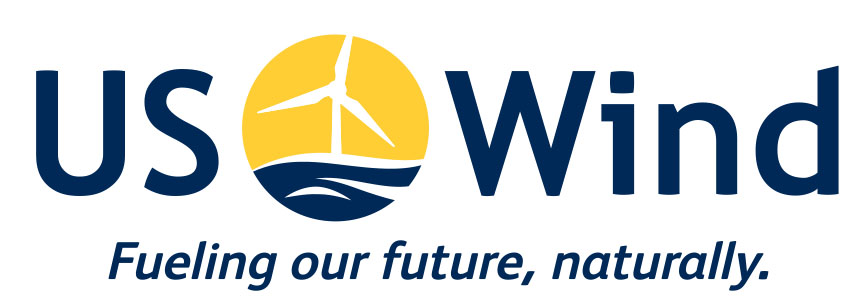How clean energy works as a jobs program
Energy policy such as the Maryland Clean Energy Jobs Act, which recently passed the Senate, encompasses a myriad of benefits to the American people, including job creation. The aforementioned bill will further contribute to the growth of renewable energy industry, stimulating the state’s—and in extension, the country’s—economy.
The wind sector, specifically, is beginning to thrive. In Maryland, there are opportunities for growth. We previously detailed these economic benefits, citing “The MarWin project will generate approximately 270 Megawatt (MW) of energy, enough to power more than 76,000 homes each and every day of the year. During this Construction phase, approximately 1,298 direct jobs will be created, generating over $370 million in economic development activity in Baltimore City and Baltimore County alone.”
Furthermore, “During the Operation and Maintenance phase, expected to last 20 to 25 years, it is estimated by the independent third-party management consulting firm hired by the Maryland Public Service Commission that US Wind’s project will result in nearly $850 million of in-state economic impact, and the creation of 4,116 Full-time equivalent (FTE) jobs.”
In Iowa, Representative Seth Moulton (6th District) details how a successful federal policy on clean energy can serve as a “jobs and civilian-service program” through the Federal Green Corps and carbon farming as a start. The former will help mobilize civilians to help with community work and learn new trades, like “retrofit our buildings with insulation to lower heating and air-conditioning bills, and rather than build trails like the CCC, the Corps would focus on projects like reinforcing our levees to protect from future floods.” The latter suggests that “When farmers harvest crops, Congress should give them a subsidy to plant cover crops and not till their fields. This will take carbon out of the air and capture it underground, reducing the carbon in our atmosphere. And it can help farmers maintain their land, protecting against erosion and enriching their soil.”
Similarly, in California, economic development plans in many cities align with the principles of the federal Green New Deal resolution. The state’s approach includes implementing programs serving its overall target of hitting net-zero emissions by 2045. One example is the five-year-old cap-and-trade program, which “sets a cap on carbon-dioxide emissions in multiple sectors and requires companies to pay if they emit too much.” According to reporting from Time, “That money is then used for a variety of clean energy projects… The $7 million program, funded by cap-and-trade dollars, is designed to improve access for low-income communities while reducing emissions.”
